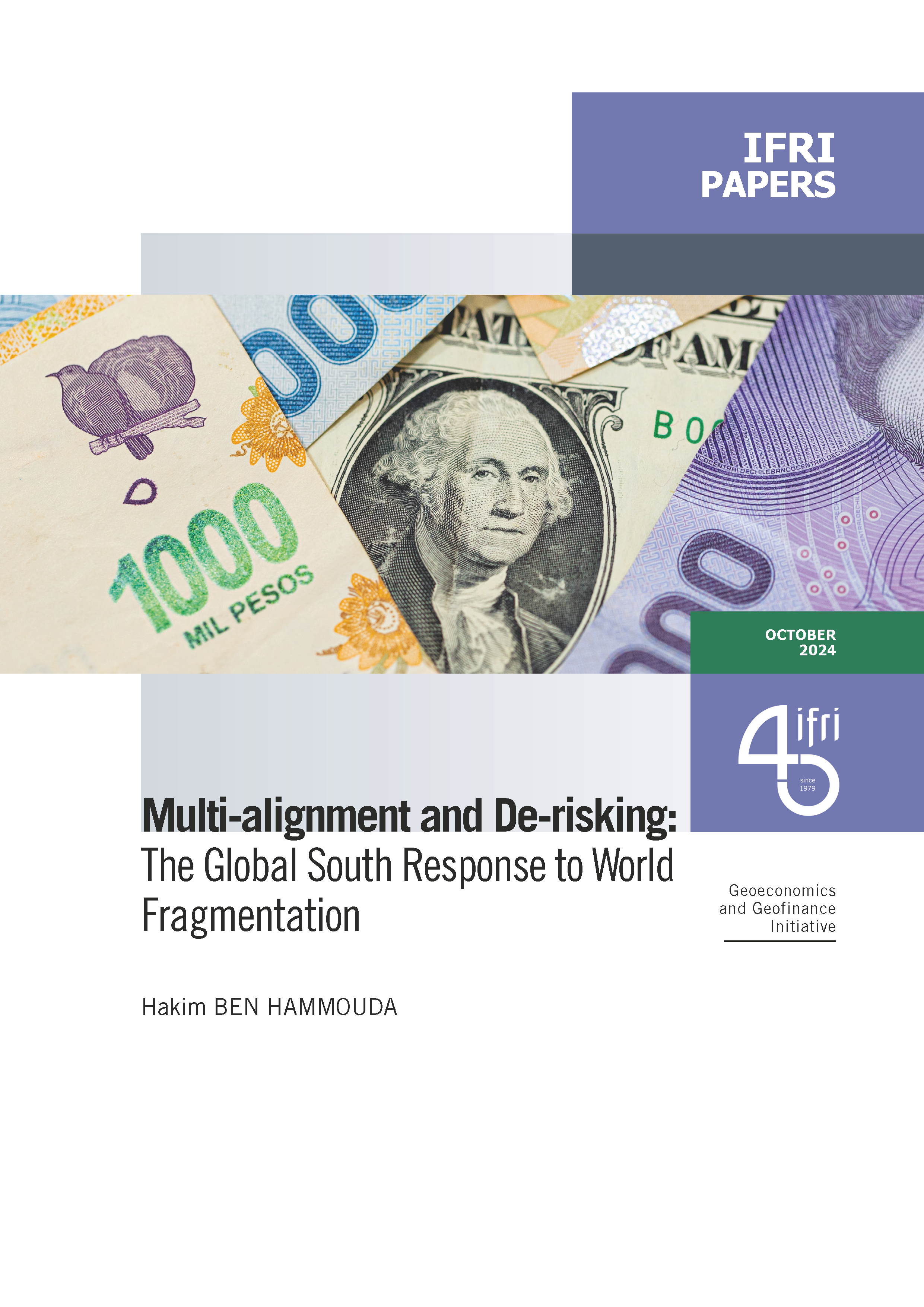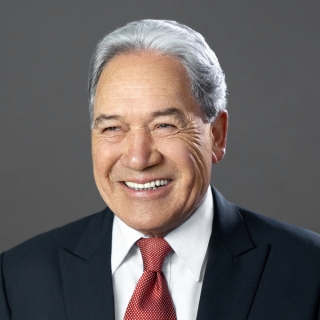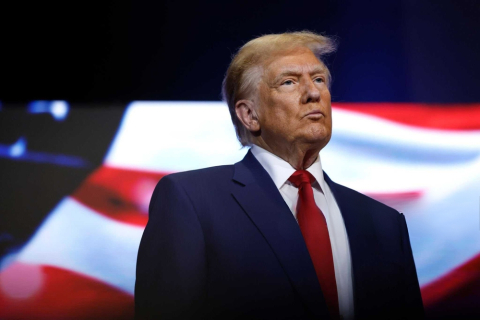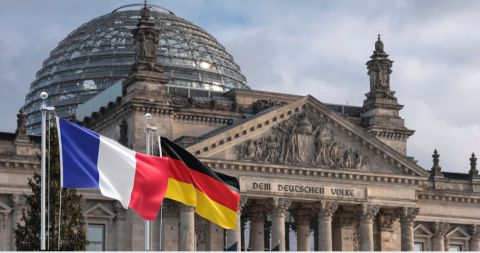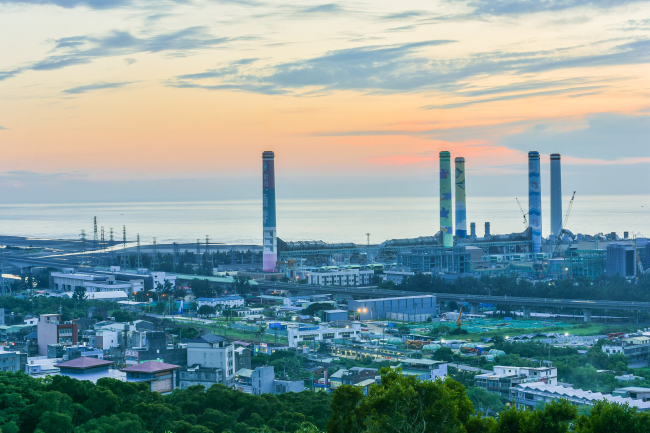Papua New Guinea: Continuing to Muddle Through
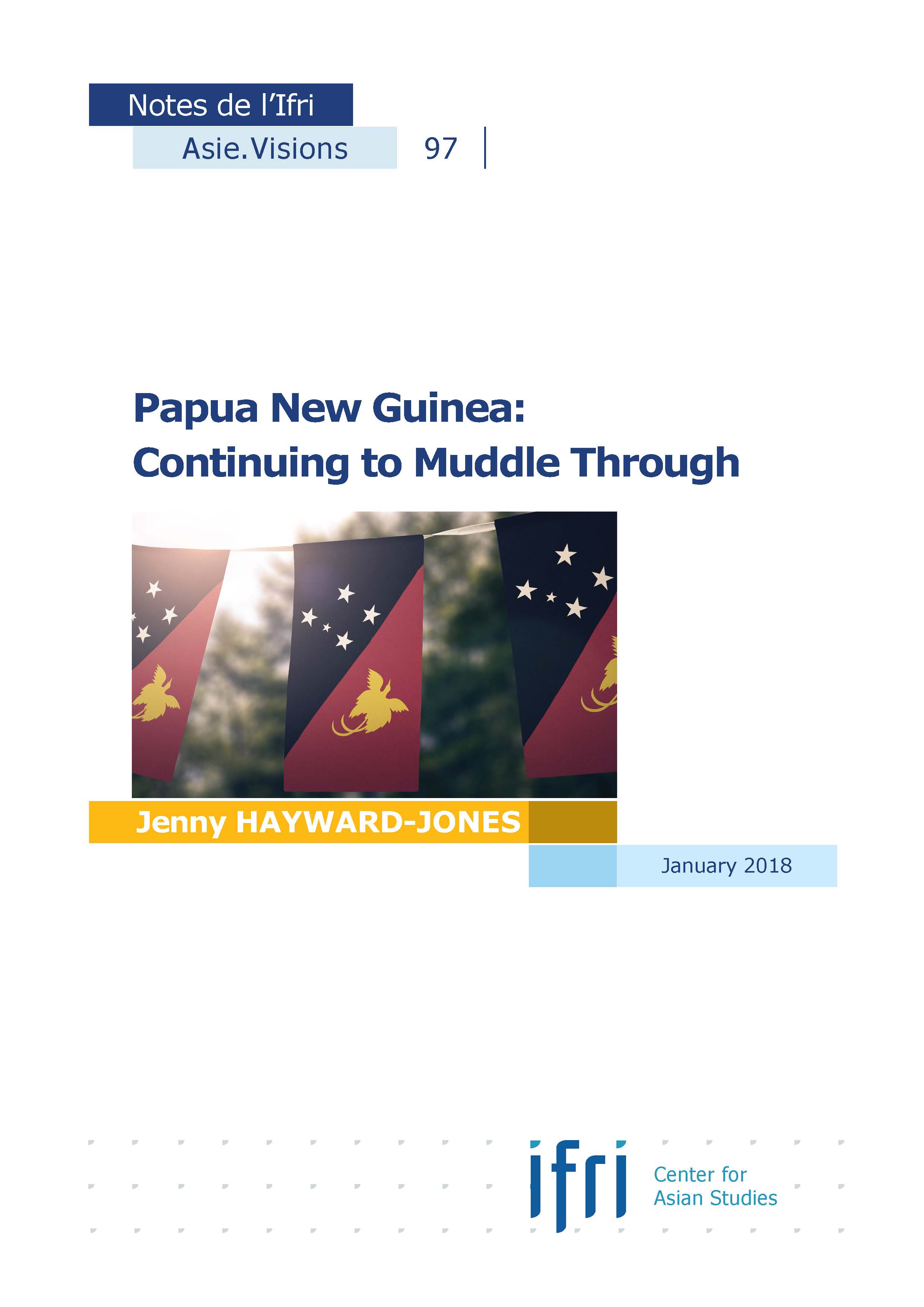
Papua New Guinea (PNG) is one of the most resource-rich countries in the world, but successive governments have failed to put the country on a stable development track.

The instability that characterized democracy in PNG for 25 years after independence in 1975 has evolved into a more predictable, but also more powerful central government. The recently re-elected government of Prime Minister Peter O’Neill will continue to control members of parliament through the allocation of valuable constituency development funds. These funds place the onus of essential service delivery on individual members of parliament but lack the transparency and accountability measures to which national institutions are obliged to adhere.
After a decade of economic growth, peaking at a high of 13.3 percent in 2014, PNG’s economy has slowed, revenue has collapsed and the government is facing a severe budgetary crisis. PNG will host the Asia-Pacific Economic Cooperation (APEC) Leaders’ Summit in 2018 as it implements dramatic cuts in expenditure for health and education. The government’s plans to increase revenue are unlikely to come to fruition and it lacks the will to take measures such as allowing currency depreciation or reducing the cost of constituency development funds that could stimulate growth and limit further pressure on the budget.
What limited progress that has been made in raising the living standards of the majority of the population is now being threatened by declines in funding for hospitals, rural clinics and all levels of schooling. Ambitious government policies to deliver free education and health services have not succeeded in raising the quality of education or delivering more health care. Poor governance, including corruption and a lack of capacity in public services, acts as a further constraint on social development.
Although it faces significant internal security challenges such as high levels of crime and violence, firearms trade and violence against women and children, PNG faces a relatively benign external threat environment. But like many countries, PNG is grappling with how it should deal with the growing influence of China. China is an increasingly important trading partner and investor, with new infrastructure investments in PNG being made under the One Belt, One Road initiative. Australia remains PNG’s most important strategic partner, but Australia’s current dominance in investment, trade and aid in PNG cannot be taken for granted. The recent controversy associated with Australia’s detention of asylum seekers in the province of Manus has highlighted some of the strains in Australia-PNG relations caused by Australia’s punitive approach to dealing with asylum seekers. Australia’s 2016 Defence White Paper and 2017 Foreign Policy White Paper prioritize the importance of a stable and prosperous PNG and promise continuing deep engagement with Australia’s nearest neighbor. But China’s willingness to ask a price for its commitment to PNG and the potential for growth in that commitment will challenge PNG’s loyalties.
PNG’s population has a long tradition of resilience and self-sufficiency and the state frequently finds a way to ‘muddle through’ each seeming disaster that strikes the nation. But in a rapidly changing world, there is no certainty that PNG can continue to muddle through without creating much more serious problems for the next generation of its leaders to manage.
Download the full analysis
This page contains only a summary of our work. If you would like to have access to all the information from our research on the subject, you can download the full version in PDF format.
Papua New Guinea: Continuing to Muddle Through
Related centers and programs
Discover our other research centers and programsFind out more
Discover all our analysesTaiwan’s Rising Space Program: Building Up Industry, Supporting National Security
Taiwan, known for its leadership in semiconductors and information and communications technology (ICT), is now making significant strides in the space industry. While historically modest, Taiwan’s space program has seen a transformation since 2020, driven by President Tsai Ing-wen’s commitment to expanding the country’s space capabilities. Key milestones include the passage of the Space Development Act and the creation of the Taiwan Space Agency (TASA), which has bolstered the resources and visibility of Taiwan’s space ambitions.
AI and Technical Standardization in China and the EU: Diverging priorities and the need for common ground
Given the highly disruptive potential of AI, global cooperation on AI safety and governance is imperative, and yet the deeply transformational potential of AI also ensures that a high level of competition and systemic rivalry is likely unavoidable. How can the EU best manage its complex relationship with China in the field of AI so as to ensure a necessary level of cooperation in spite of competition and rivalry?
China’s Quest for a Quantum Leap
The global race to harness quantum science is intensifying. Recognizing the strategic potential of quantum technology for economic, military, and scientific advancement, China is focusing on quantum breakthroughs as a way to shift the balance of power, especially in its competition with the United States. President Xi Jinping has emphasized the importance of scientific innovation, particularly in quantum fields, to fuel national development and ensure security.
Taiwan's Energy Supply: The Achilles Heel of National Security
Making Taiwan a “dead island” through “a blockade” and “disruption of energy supplies” leading to an “economic collapse.” This is how Colonel Zhang Chi of the People’s Liberation Army and professor at the National Defense University in Beijing described the objective of the Chinese military exercises in May 2024, following the inauguration of Taiwan’s new president, Lai Ching-te. Similar to the exercises that took place after Nancy Pelosi’s visit to Taipei in August 2022, China designated exercise zones facing Taiwan’s main ports, effectively simulating a military embargo on Taiwan. These maneuvers illustrate Beijing’s growing pressure on the island, which it aims to conquer, and push Taiwan to question its resilience capacity.



